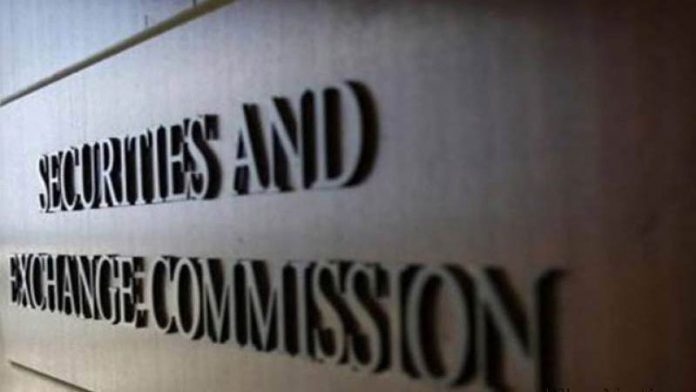ISLAMABAD: The Securities and Exchange Commission of Pakistan (SECP) has taken range of measures in the year 2018-19 to identify and address factors that may result in systemic risk in the market.
The reduction of systemic risk is one of major SECP’s objectives of securities regulation, along with investors protection and making markets fair, efficient and transparent, according to a SECP annual report.
The SECP’s risk management department has been mandated to monitor, mitigate and manage systemic risks. The SECP and State Bank of Pakistan (SBP) have signed a letter of understanding to establish the Council of Regulators.
This will serve as a forum to deliberate on issues related to systemic risk, particularly those having cross market and stability implications, and would suggest possible arrangements for crisis preparedness and issue coordinated response.
During the FY 2018-2019, second meeting of the Council of Regulators was held in February 2019. The meeting, among other things, discussed performance, trends and developments of the financial sector.
The SECP in collaboration with the National Clearing Company of Pakistan Limited (NCCPL) has led the development of a detailed investor-level risk profiling and stress-testing model for clearing and settlement.
This model assigns probability of default to each investor based on criteria that includes settlement track record, availability of information, degree of regulation of the investor, experience of the investor in stock market trading, whether or not trading and investments is the core line of business of the investor.
The estimated amount at risk i.e. expected default amount has been determined and compared with the default management resources available to NCCPL i.e. cash margin, bank credit line and Settlement Guarantee Fund (SGF).
The average amount at risk observed from July 2, 2018 to June 28, 2019 was Rs 2.51 billion against the average outstanding buy of Rs11.35 billion that translates into 23 percent amount at risk on average basis.
The SECP also prepares a daily risk report that focuses on risk factors such as trend, leverage, settlement levels, settlement to trade ratio, exposures, concentration, collateral composition, stress test results, portfolio investments etc.
The key factor contributing to systemic risk in the secondary market is leveraged speculation.
The three key modes of leveraged trading in Pakistan Stock Exchange (PSX) are deliverable futures contract, margin trading system and margin financing. Leveraged open positions were closely monitored by the systemic risk team and any unexpected hike in a position was promptly analyzed.
The SECP, in collaboration with NCCPL has conducted several simulations and assessments including stress tests and reverse stress tests. These tests were conducted under different stress scenarios to assess potential risks, sufficiency and resilience of margins, settlement guarantee fund and other resources of clearing house.























